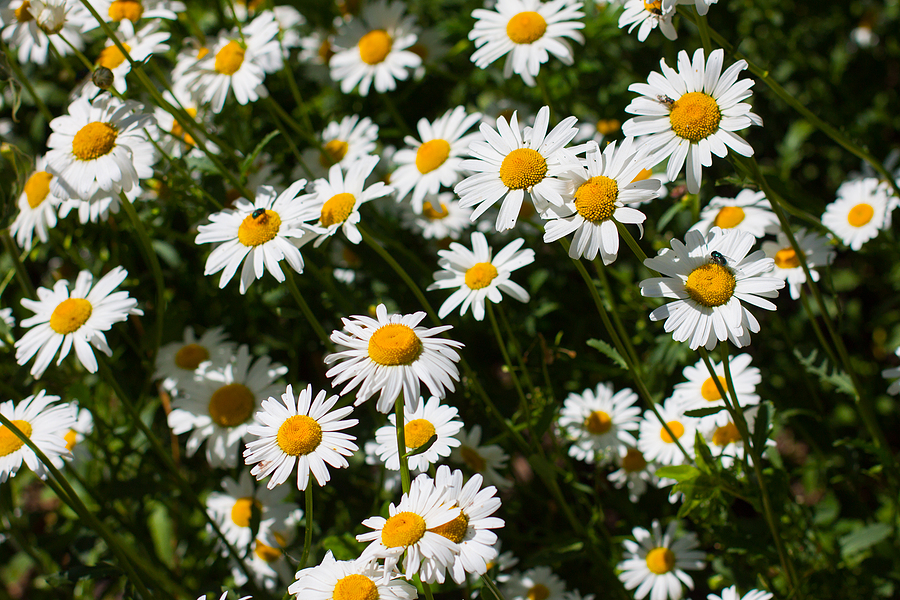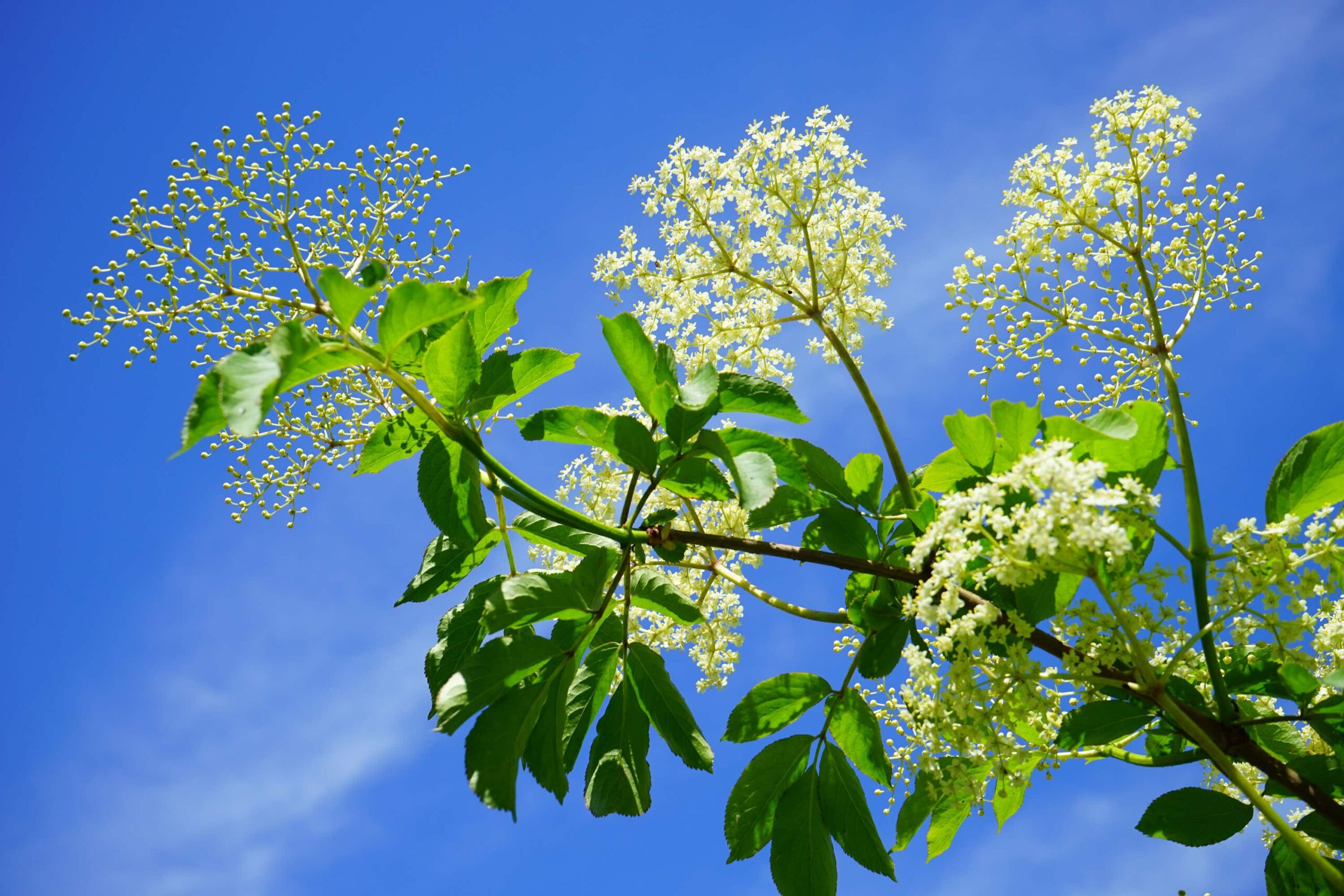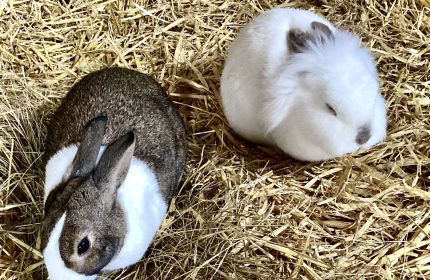8 edible garden weeds that are great for your health
A pharmacist and a dietitian tell which health-boosting weeds should end up on your plate or in your mug rather than on the compost heap.
Weeds are defined as wild, unwanted and unvalued – but while there’s no disputing their wildness, many people would definitely want them if they understood their true value.
Many of the rapidly-growing green ‘pests’ actually boast a wealth of health benefits if consumed, because they contain useful bioactive compounds like polyphenols, vitamins, minerals, proteins and fibre.
“Today’s weeds were our ancestors’ medicine cabinet, “ explains Tea Advisory Panel dietitian Dr Carrie Ruxton. “From teas to soups and garnishes, they have a role in our diets – but take care to identify edible weeds properly, as some plants such as hemlock, deadly nightshade and foxgloves contain powerful toxins which can cause illness, and even kill.”
Here, Ruxton and pharmacist Roy Lamb, co-founder of Nasslor Healthdrinks which makes Emunity Nettle drinks, highlight 8 weeds that could be added to your superfood cupboard instead of your compost bin…
Nettle

This stinging scourge of bare flesh has been used over the centuries to make cloth, fishing nets, and even World War I German army uniforms when there was a shortage of cotton, says Lamb .
Benefits
Nettles contain essential amino acid levels comparable to chicken, and similar amounts of omega-3 to those found in spinach says Lamb. Per serving, up to 100% of the recommended daily intake of vitamin A, 50% of calcium, 20% of fibre and 12% of iron can be provided by nettles, he explains.
Ruxton says: “A study of postmenopausal women found a preparation made from nettles reduced hot flashes and increased quality of life. Always pick them in the spring when they’re most nutritious, and discard the woody parts.”
How to use it
There are several ways to prepare nettles for consumption, advises Lamb. To render the sting harmless, drop them in a pot of boiling salted water for a few minutes, or they can be dried using a dehydrator, or soaked in water for a few days. After this, they can be converted into nettle pesto or soup, or as an infusion in tea.
Chamomile

In many areas, chamomile is considered a noxious weed to be eliminated says Lamb, who also points out it’s one of the most popular ingredients in herbal teas.
Benefits
This common flower has long been championed as a way to ensure a good night’s sleep, but its fan base is larger than just old wives, stresses Lamb. Chamomile has a range of health benefits, as its flowers contain chemicals shown to be moderate antioxidants and antimicrobials. Additionally, studies indicate potent anti-inflammatory action and some cholesterol-lowering activities, he points out.
Ruxton adds: “Just one daily serving of chamomile tea improves sleep quality and control of blood sugar levels, according to a scientific review. Steeping the teabag for 15 minutes ensures optimal levels of the bioactive properties, including polyphenols and prebiotics.”
How to use it
Chamomile flowers can be washed, dried and used on their own, or as a blend, in herbal teas. For desserts, such as panna cotta, Chamomile also makes an attractive and healthy garnish, although Lamb warns it can cause allergic reactions, so take care, especially if you’re allergic to flowers like daisies.
Elderflower
View this post on Instagram
Clumps of distinctive tall white elderflowers can be found throughout the UK countryside.
Benefits
Studies suggest elder is a rich source of bioactive compounds, such as polyphenols, which can be anti-pyretic (fever-reducing), diuretic, antibacterial and anti-inflammatory, says Lamb.
How to use it
Elderflower cordial dates back to Roman times, and many people make their own elderflower ‘champagne’. Lamb points out that dried elderflowers contain a lot less goodness than fresh.
Broadleaf plantain
View this post on Instagram
This isn’t the green banana relative found in African and East Asian cuisine, it’s a completely different plant commonly found across Europe, explains Lamb.
Benefits
Since the Norman Conquest, broadleaf plantain has been associated with health benefits, with recent studies backing up beliefs that it’s useful for enhancing the immune system, reducing the size of tumours, and protecting the gut, Lamb says. It’s also an anti-inflammatory, anti-infective, antibiotic, antifungal, antiviral and antioxidant, and is high in calcium and vitamins A, C, and K, and can also be used to heal the skin when applied locally, he says.
Ruxton adds: “A placebo-controlled study revealed that an extract of broadleaf plantain boosted an anti-obesity chemical in the blood called leptin. This backs up evidence that polyphenol-rich plants, such as tea and cocoa, can help support weight loss.”
How to use it
Lamb says both leaves and the seeds of broadleaf plantain can be eaten raw, cooked in stews, or simply baked on their own.
Common purslane
View this post on Instagram
Hardy, with an ability to spread rapidly, common purslane is found in gardens and public spaces across the UK.
Benefits
Lamb says this weed’s succulent leaves are an excellent source of nutrients and antioxidants. It’s rich in potassium, magnesium and calcium, and it contains four different types of omega-3 fatty acid, which is useful for controlling cholesterol. Common purslane has some of the highest amounts of alpha-linolenic acid (ALA) and gamma-linolenic acid (LNA) of any green leafy vegetable, he says.
How to use it
Once washed, the leaves of purslane can be eaten raw in a salad, or blended with basil and pine nuts into a healthy pesto.
Sheep’s sorrel

This perennial small flowering plant is commonly found growing in UK gardens.
Benefits
As a good source of vitamins C and E, sheep’s sorrel can contribute to a healthy immune system and glowing skin, says Lamb. It’s also a good source of antioxidants, he says.
How to use it
Sheep’s sorrel is best picked in summer or early autumn. It has a tart, lemony flavour and can be added to salads or stir-fries. However, Lamb says that because of its high levels of potassium oxalate, it should only be eaten in small amounts.
Lambsquarters/white goosefoot
View this post on Instagram
This fast-growing weed is commonly found in UK gardens and the countryside.
Benefits
Raw lambsquarters has the highest amount of folate of any commonly found weed, says Lamb. It’s also rich in carotenoids, which can be converted into vitamin A to promote growth, immune function, and eye health. Lambsquarters also contains more than 10% of the recommended intake of iron and magnesium, as well as vitamins B6 (when steamed) and K, says Lamb.
How to use it
Lambsquarters can be eaten raw in salads, but if it’s steamed or sautéed you’ll extract maximum vitamin goodness, explains Lamb, who says it can be used as a spinach replacement in recipes. It needs washing thoroughly to get rid of the white powdery bloom.
Dandelion
View this post on Instagram
Dandelions are everywhere in spring and summer, but as well as being an important nectar source for pollinators, they have many benefits for humans.
Benefits
Recent research has shown dandelion can reduce cholesterol, blood glucose levels, and inflammation, says Lamb. As a mild diuretic, it can also help with urinary tract infections or thrush.
Ruxton adds: “The diuretic properties of dandelion tea are much more than old wives’ tales. A clinical trial found a dandelion extract increased urine loss by an extra 200ml on average, so dandelion could be effective for bloating during the late menstrual cycle or post-menopause. Dandelion tea is also used to promote digestion.”
How to use it
All of the dandelion plant can be used in recipes, from petal-infused wine or honey to simply eating dandelion roots whole.
The Press Association
Latest posts by The Press Association (see all)
- Catherine tells how ‘spiritual’ connection with nature gives her peace in busy world - April 15, 2025
- Why weeds are worth cultivating – and eating - April 14, 2025
- 5 top tips for cleaning your tech, from phones to laptops - April 14, 2025
- President and political leaders hail McIlroy’s thrilling Masters victory - April 14, 2025
- Upstairs, Downstairs actress and co-creator Jean Marsh dies aged 90 - April 13, 2025




















